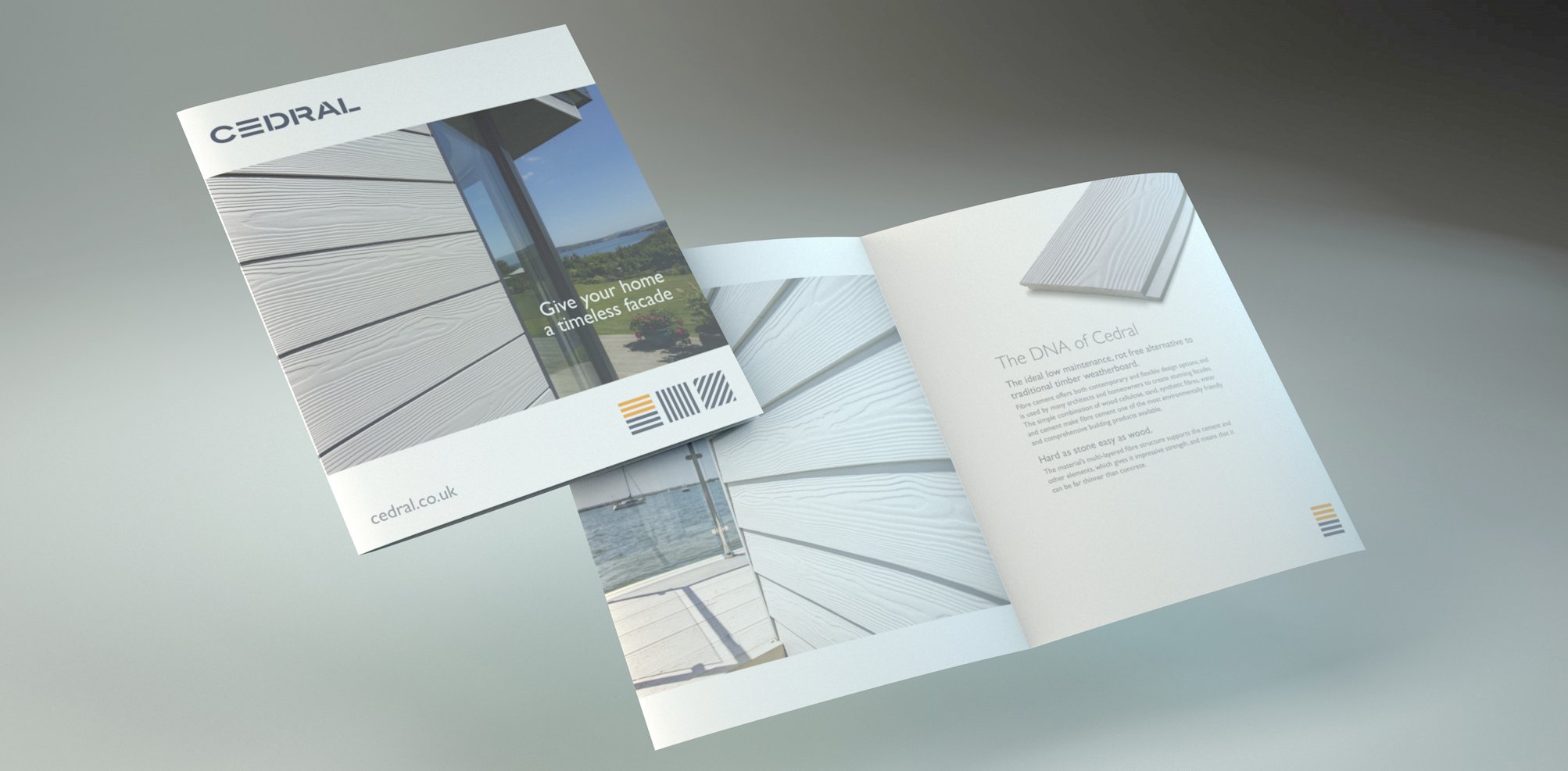
How future proof is your home? The answer might just be in your roof
It is a fact that many homeowners do not know – warm or cold roof insulation can hold the key to future proofing their homes. Knowing whether a property has a warm or cold roof can provide guidance on measures that need to be taken to ensure the long-term energy efficiency of the building.
One quarter of all heat energy in a home escapes through the roof, so the roof’s insulation can greatly help to improve energy efficiency.
In 2019 the UK government introduced a legally binding target to reduce greenhouse gas emissions to net zero by 2050. Making houses less energy intensive is all part of this. The Future Homes Standard will come into effect in 2025 and is designed to ensure all new homes are future proof, with low-carbon heating systems and higher levels of energy efficiency.
Understanding how the roof contributes to the thermal performance of a home can provide answers on the best way to make your home more energy efficient in the coming years.
Do you have a warm or cold roof?
There are two ways to categorise how a roof has been set up to manage heat – a warm roof or a cold roof.

Warm roof
A warm roof is normally constructed when living accommodation is within or partially within the roof. Insulation is installed as part of the roof deck, on top of a vapour control layer and underneath the roof covering. This set up is designed to provide improved thermal performance, with the insulation placed within and/or onto the roof rafters, preventing any thermal bridging. However, this may come at the expense of space and head height if installed within an existing roof or may require a higher roof pitch at the construction stage.

Cold roof
‘Cold roof’ insulation is usually positioned between the ceiling joists. As the roof rafters and remaining roof structure are not directly insulated, the loft remains ‘cold.’ If the installation is not correct, the temperature of the building can be affected through thermal bridging, with the cooler temperature of the roof rafters transferring to the structure below or heat escaping into the loft.
Advantages of correctly installed installation
When it comes to meeting the criteria for the Future Homes Standard, correctly installed continuous insulation takes less time to fit and costs less. Insulation usually takes place during the initial building construction as it can be a significant task to retrofit later in the building’s life. Installation of insulation layers within the roof structure can be accessed more readily without expensive retrofit costs, especially the insulations at the eaves.
Whether you have a warm or cold roof, correctly installed insulation will provide greater energy efficiency by ensuring the room below is warmer during the winter and easier to regulate during the summer. This makes it easier to control the energy levels required to heat the house, without increasing carbon emissions. It ensures that heating doesn’t escape so easily.
Installing a warm roof with insulation sheets and a vapour control layer also prevents the build-up of condensation – read more in this blog.
When a roof pitch is made higher to accommodate a warm roof system – and hence has longer rafters - fibre cement slates are a good option as they are lighter than natural slates, and last just as long on the roof when installed correctly.
Find out more about fibre cement slates from Cedral.
